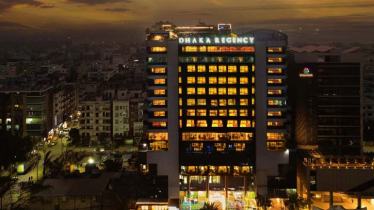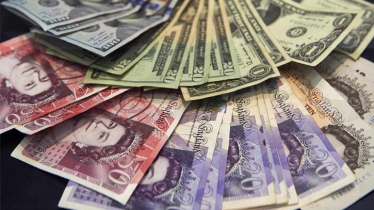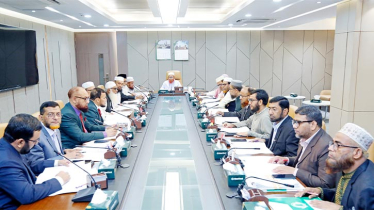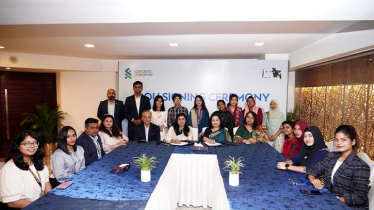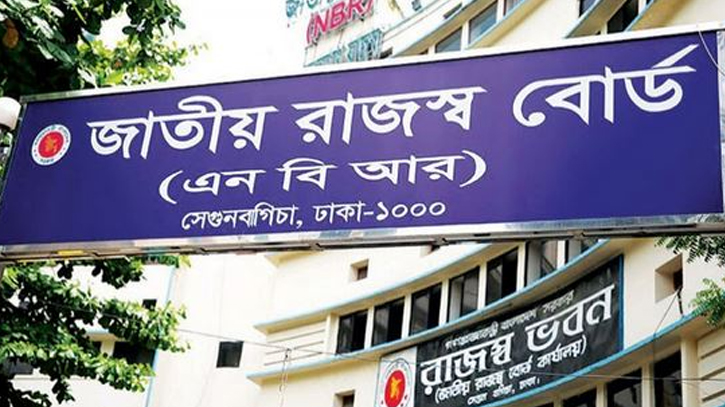
Photo: Collected
Bangladesh has significant potential for mobilizing revenue collection, as highlighted by a recent official assessment on revenue buoyancy, a measure reflecting how tax revenues respond to economic growth.
Revenue buoyancy, the responsiveness of revenues to gross domestic product (GDP), is a critical metric for gauging the performance of a revenue system and the forecast for revenue growth.
A buoyancy coefficient greater than one indicates that tax revenues grow faster than GDP, while a coefficient less than one suggests slower growth.
Using real GDP and real revenue growth rates from FY12 to FY23, the analysis found an average revenue buoyancy of 0.90, which falls below one.
This lower score highlights the scope for enhancing revenue mobilisation in Bangladesh, as per the Finance Ministry document.
The official assessment also noted that the effective tax rate can serve as another measure of revenue performance. For example, the effective rate of VAT can be derived by comparing it with consumption data from the real sector.
An analysis shows that the effective VAT rate has risen in recent years, reaching 7.1 percent in FY23. However, this remains well below the standard of 15 percent VAT rate applicable to most products in Bangladesh.
Bangladesh’s revenue collection still lags behind comparable economies.
In 2022, the general government revenue–GDP ratio was 23.1 percent in Nepal, 19.8 percent in India, and 14.8 percent in Lao PDR, while Bangladesh’s ratio stood at only 8.9 percent.
There is broad consensus that a positive correlation exists between economic development levels and revenue collection.
To achieve the country’s development objectives, the Finance Ministry has called for major reforms to enhance the effectiveness, efficiency, transparency, and fairness of the tax administration system.
The document also emphasizes revisiting tax exemptions to ensure that these benefits support the broader economy and do not disproportionately favor wealthier individuals at the expense of low-income groups, thus undermining the redistributive aims of fiscal policy.
There is also significant room for improvement in tax return submissions; in FY22, only 33.3 percent of TIN holders filed tax returns, a figure that is markedly higher in similar countries.
The Finance Ministry has outlined several modern reform strategies to strengthen revenue mobilization.
These include expanding the tax base, adopting a modern property tax system, introducing green and carbon taxes, simplifying tax collection, fully automating tax filing and payment processes, and minimizing direct interactions between tax collectors and taxpayers.
Other strategies include making audits more selective, productive, and criteria-based and separating tax policymaking from tax collection.
The government has made progress in this direction, with an increased share of income tax and VAT in total revenue. However, there is still a need to reduce dependency on indirect taxes and focus more on direct taxes.
The actual share of direct taxes in total revenue was 32.3 percent in FY21, which increased slightly to 32.7 percent in FY23.
To sustain revenue growth, the government will continue efforts to broaden the tax base, shift reliance from trade taxes to direct taxes, and further accelerate the growth of direct taxes in the coming years.
Messenger/Sajib



